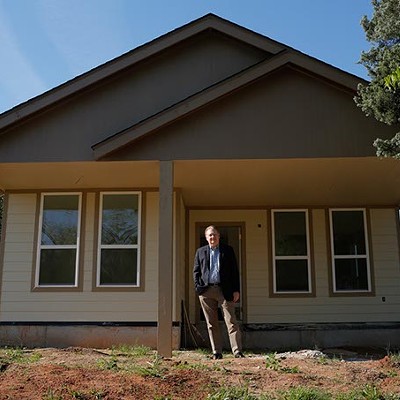That behavior earns a spot within the top 20 percent of wage earners in America. Presenting data indicating the largest percentage of income taxes is derived from the 20 percent club, Mr. Connolly aims his rage at those 80 percent peons beneath. He should direct his gaze upward.
Let’s reassign that income club to the bottom 90 percent of household income earners: that group’s average annual income, using 2008 data, now stands at $31,244 — quite a drop in prestige, isn’t it? The number for those in the 1-10 percent club is $164,647 annual income — still not too impressive. The top 1 percent club earned $1,137,684 per year, and now we’re getting somewhere for one out of 100 of us. Next is the top 0.1-.01 percent income earners weighing in at a stout $3,238,386 per year. Life is not bad for one out of 10,000 Americans. And now the kicker: Those of us above the 0.01 percent — you know, way fewer than one of 10,000, are pulling in $27,342,212 per year.
Looking at the actual numbers involved in income distribution in the U.S., it becomes slightly more understandable why lower income earners pay a lower percentage of the total income tax revenue: They have just about none of the money. Those at the true top of the income scale may provide a majority percentage of the nation’s income tax revenue, but the percentage of their incomes that is taxed remains below 35 percent.
Our nation has its starkest degree of income inequality since before the Great Depression. Some may fantasize that they belong to a club of the top income earners, but the actual club members wouldn’t even let them in the service entrance.
—Ted Rider
Oklahoma City











